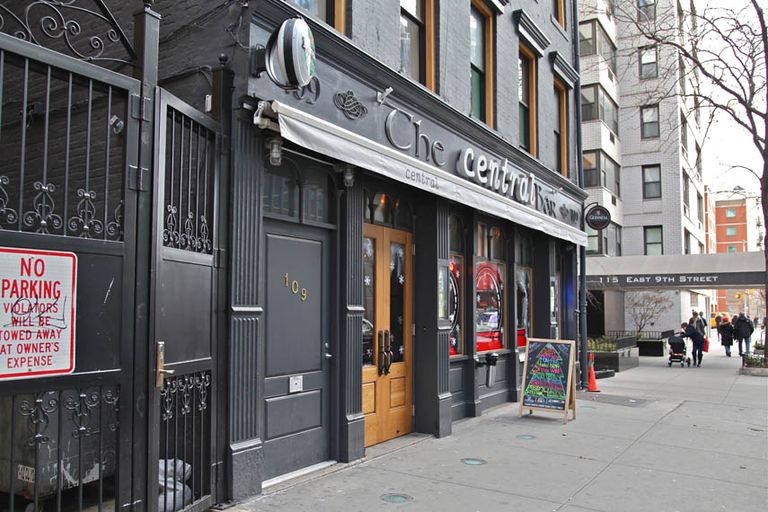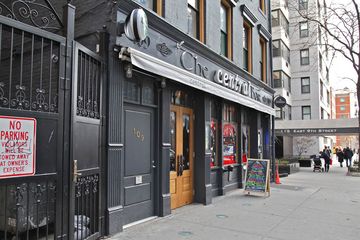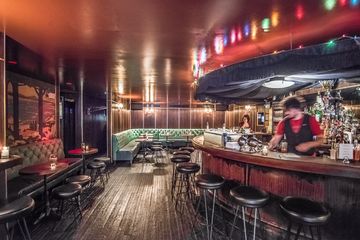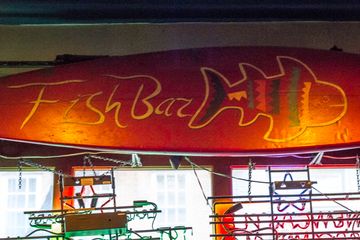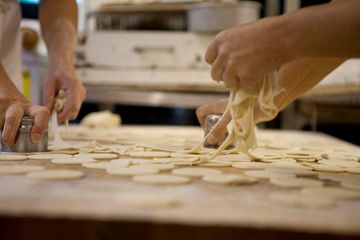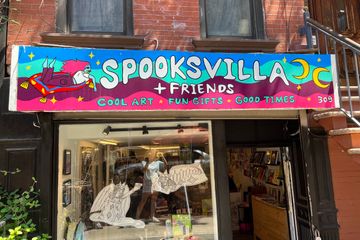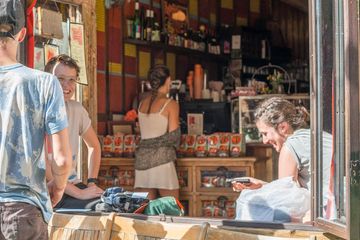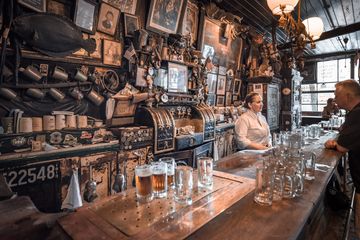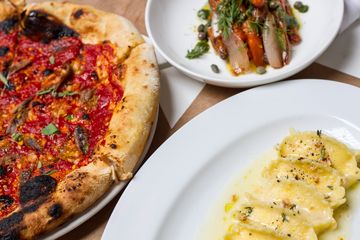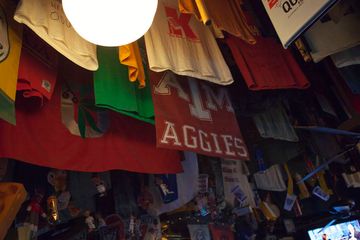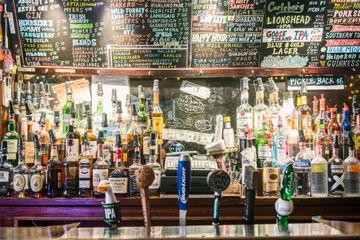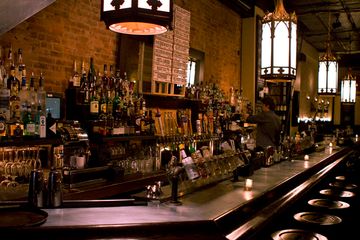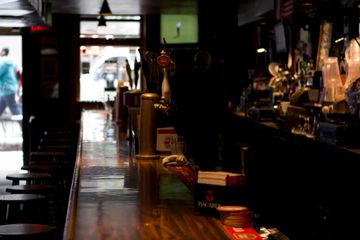Vicki Freeman and Mark Meyer are an accomplished couple in the New York restaurant business. They are the creators behind Cookshop, Hundred Acres, and the latest addition to the family, Rosie’s. Their story as restaurateurs goes back to 1993, when Freeman opened her first restaurant, VIX Café, in SoHo. She hired Meyer as her head chef, and as they say, the rest is history. Vic’s opened in 2014 in the space that used to house Five Points, another restaurant by Freeman and Meyer. While the owners emphasized that Five Points was not struggling, they felt it was time for a change. Opening Vic’s allowed Freeman and Meyer to bring their restaurant group full circle, its name a nod to those early beginnings with VIX Café in 1993. When I visited Vic’s, I was struck by the bright, open décor. Sitting in the back dining area, with natural light spilling in from the skylight overhead, I was allowed my favorite view - that of the kitchen. Chatting with general manager, Hely, I learned that Freeman and Meyer used to live in an apartment just upstairs, and that their son works for the restaurant group. In addition to speaking with Hely, I also had the pleasure of spending some time with Hillary Sterling - the head chef of Vic’s. “Hillary’s food is the easiest thing in the world to sell, ” said Hely, and then Chef Sterling went on to elaborate about her inspiration for the restaurant’s culinary concept and menu. “It’s all about history and honoring tradition, ” she told me. She prepares the restaurant’s traditional Italian and Mediterranean cuisine using food sourced from American farms, and admits that it is a challenge to create authentic flavors with local ingredients - It is a challenge, however, that she proudly declared that she has met with the exceptions being seven imported ingredients: 00 flour (for their famous Borsa), capers, anchovies, pecorino, calabrian chilies, and balsamic vinegar. As Hillary presented a few of her favorite dishes, she went on to say that traditional Italian and Mediterranean cuisine requires “a lot of herbs and acid, ” adding that it is all about achieving the perfect balance and appreciating the ingredients themselves. The heirloom carrots, served with dill, capers, and roasted shallots, were tangy and bright, with a complexity of flavor. As she set the "cheeseless" anchovy pizza with tomato, spring garlic, oregano, and fresh orange zest, Hillary told me that making good pizza dough is just as demanding as making homemade pasta, but it is clear that she has mastered it. The crust was perfect – thin, but bubbling up around the edges, and ever so slightly charred. Finally, I tasted the famous Borsa, the homemade pasta served al dente, with a lemon ricotta filling. The soft and creamy center of these amazing "little purses" with hazelnuts sprinkled on top is definitely the signature dish at Vic's. Chef Sterling said that the Borsa and the bathrooms are the most instagrammed things in the restaurant, and joked that her food has to "compete with the lavatories. " The facilities are whimsical and fun with pink flamingoes decorating the room for the ladies, while the men's room is wallpapered in zebras. In my mind, however, there is no competition: Chef Sterling’s food is what truly stands out.
